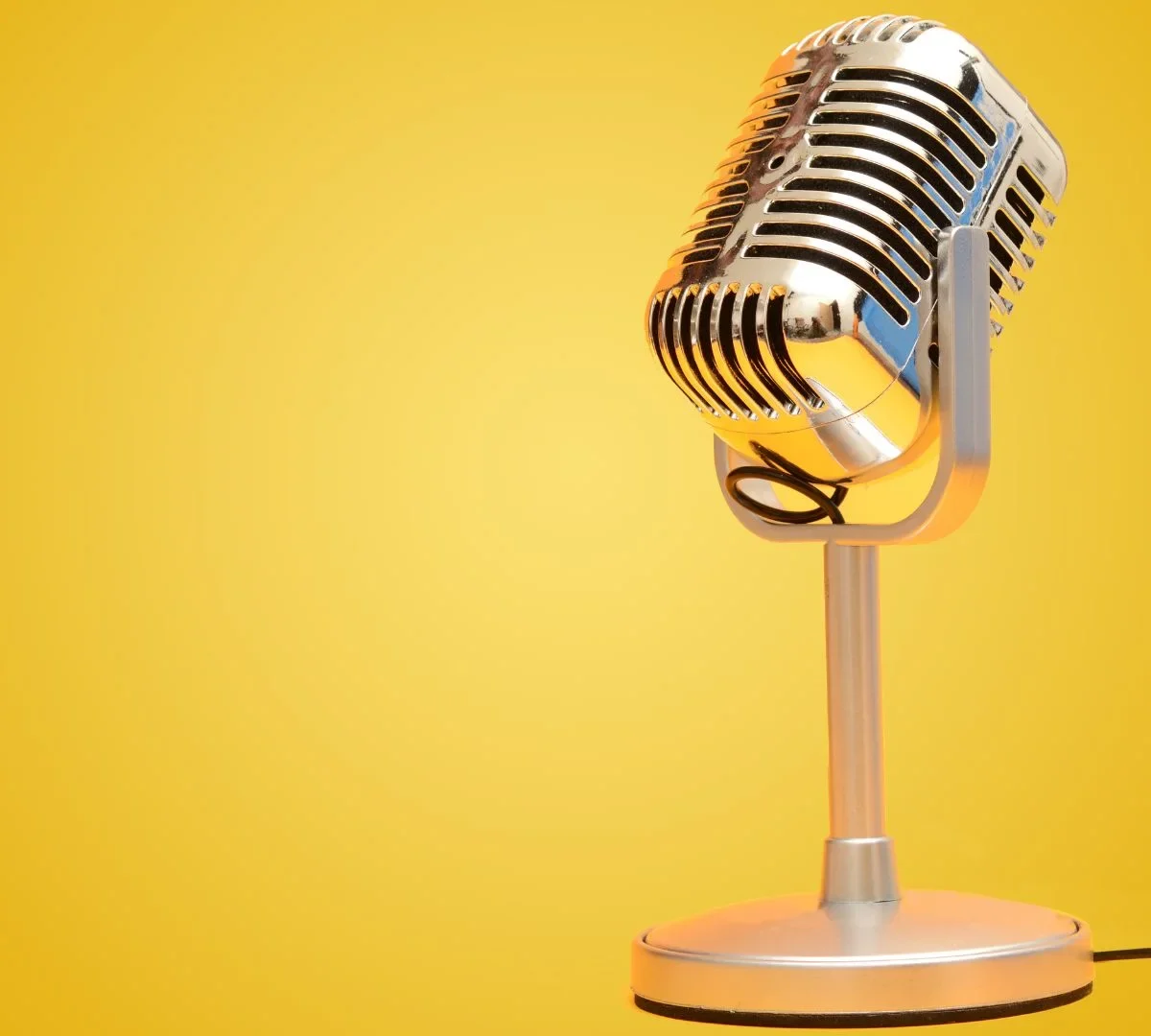Too often, press opportunities come and go without being fully capitalized on. Or worse, they are declined because corporate spokespersons don’t feel prepared. The culprits?
- Interview anxiety
- Lack of preparation
- Not knowing your key messages
The good news? Media training transforms fear into confidence and is an investment that pays dividends for the lifetime of your brand – and career.
The Secret to a Great Press Interview? Training.
Ever watched a politician in an interview? John F Kennedy and Barack Obama are two great examples. No matter what question they’re asked, they stay on message and maximize the opportunity. Here’s the truth: they didn’t just show up and wing it. They had media training.
So, what does media training cover?
Crafting your Core Messages
Neuroscience shows we remember things in threes. That’s why media training zeroes in on the three most important things that advance your brand.
At Verified Communications, we help you craft and confidently deliver these messages and tell your story.
The best part? Once refined, these messages ensure consistent positioning across all platforms—from podcasts and media interviews to trade shows, town halls, and keynotes.
Bridging Techniques
Worried about tough questions? You’re not alone. Bridging is a powerful technique that lets you acknowledge a question while smoothly steering the conversation back to your key message—without sounding evasive. It’s essential for navigating challenging media moments and keeping interviews on track.
Tried-and-True Interview Techniques
- Voice and tone control – Avoiding filler words, speaking with authority, and modulating your voice for impact.
- Body language mastery – Ensuring you appear confident and composed on camera.
- Handling curveball questions – Staying calm under pressure and responding with poise.
- Soundbite delivery – Crafting quotable moments that resonate with your audience and the media.

Body Language
Research shows 55% of communication is nonverbal, 38% is vocal tone, and only 7% is words (Mehrabian, 1971).
Viewers form opinions about a speaker’s trustworthiness within just 0.1 seconds of seeing their face. But even if your messages are on point, if your body language doesn’t match, then they risk falling flat.
Common pitfalls include:
- Over-smiling or lack of expression – Too much smiling can come off as insincere, while too little can appear disengaged or aloof.
- Fidgeting or closed posture – Crossing arms or shifting in your seat can signal discomfort or defensiveness.
- Lack of eye contact – Looking away frequently may suggest dishonesty or nervousness.
Find the Right Rhythm
Nervousness often leads to rushed speech, making it difficult for audiences to absorb key points. On the flip side, speaking too slowly can sound condescending or unprepared.
- The average conversational speech rate is 120-150 words per minute
- Auctioneers speak at 250+ words per minute, while professional news anchors pace at around 150-175 words per minute for clarity.
Always speak slightly slower than your natural speed, so you can emphasize key points with deliberate pauses. Record yourself when practicing to find the right pauses and changes in your tone.
Prepare to Be Challenged
A well-prepared spokesperson doesn’t just anticipate easy questions—they also train for the tough ones.
Tough questions test you as a professional, whether you’re speaking to a lifestyle writer or an investigative journalist. After all, it’s their job to provoke a reaction with curveball questions. They might even repeatedly ask the same question hoping for a different answer.
A 2021 Edelman Trust Barometer study found that nearly 60% of people distrust media reporting, meaning how you respond matters as much as what you say. To avoid going off-track, use bridging techniques to bring back attention to your core messages, remain calm, and avoid speculation.
These techniques build confidence, but a media trainer helps you sharpen your message and make a lasting impact. They also prepare you for high-stakes moments, from crisis responses to internal communications, so you stay in control.
Beyond Media Interviews
Media training does more than prepare you for interviews. It helps you communicate with confidence in any setting, whether in the boardroom at a trade show or during an investor pitch.
Don’t leave your next media opportunity to chance. Media Training with us will get you prepared, polished, and ready to make the most of every question.
Let’s set up your free consultation.




